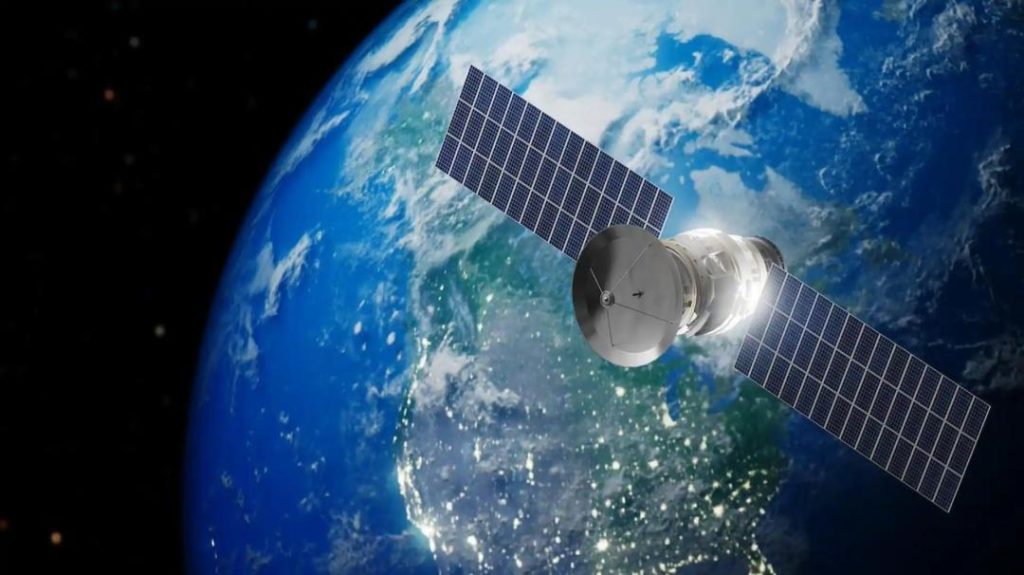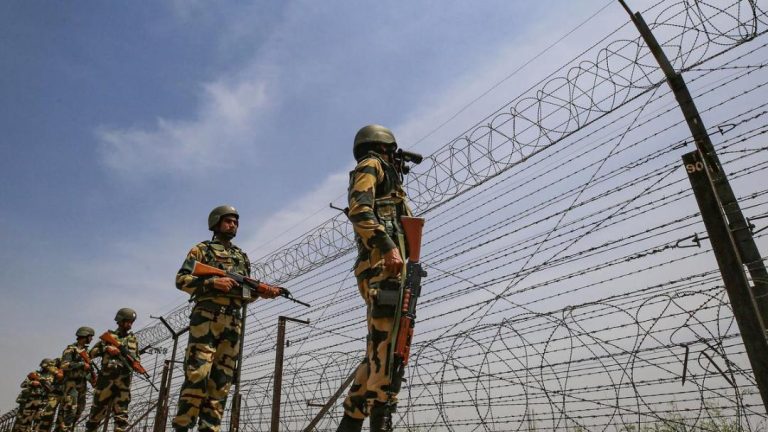
What are Space Pirates & How Can Satellites be Secured from Them?
The term “space pirates” may evoke images of swashbuckling buccaneers plundering treasure on the high seas, but in the modern era, the threat of space piracy is very real and poses a significant danger to the integrity of man-made satellites. Space pirates are individuals or groups that attempt to attack and disrupt the functioning of satellites, either virtually or physically, using various methods. As the importance of satellites in our daily lives continues to grow, it is essential for countries and companies owning these satellites to build robust security systems to protect them from these threats.
The concept of space piracy has been gaining attention in recent years, with reports of cyber attacks on satellite systems and physical attempts to disable or destroy them. In 2020, the United States Air Force detected a series of cyber attacks on its satellite systems, which were attributed to a foreign nation-state. This incident highlighted the vulnerability of satellite systems to cyber threats and the need for enhanced security measures.
The threat of space piracy is not limited to cyber attacks alone. Physical attacks on satellites are also a significant concern, particularly as the number of satellites in orbit increases. In 2019, a Chinese company, China Great Wall Industry Corporation, was accused of attempting to destroy a commercial satellite belonging to a US-based company. This incident demonstrated the potential for hostile actors to use physical means to disrupt satellite operations.
So, how can satellites be secured from space pirates? The answer lies in building multi-layered security systems that incorporate ground-to-space operations. This requires a combination of advanced technologies, including:
- Cybersecurity measures: Satellite operators must implement robust cybersecurity protocols to prevent unauthorized access to their systems. This includes encrypting data, using secure communication protocols, and implementing two-factor authentication.
- Physical security measures: Satellites must be designed with physical security features, such as tamper-evident devices and secure communication protocols, to prevent unauthorized access.
- Ground-based surveillance: Ground-based surveillance systems can be used to monitor satellite operations and detect any suspicious activity.
- Rapid response capabilities: Satellite operators must have rapid response capabilities in place to quickly respond to physical or cyber attacks on their systems.
In addition to these measures, experts are also advocating for the development of methods for quick space travel to ensure rapid response to physical acts of piracy. This could involve the development of reusable rockets or other advanced propulsion systems that can quickly transport personnel and equipment to the location of a satellite under attack.
The threat of space piracy is not limited to commercial satellite operators alone. Governments around the world are also vulnerable to these threats, particularly as they increasingly rely on satellite systems for a range of critical applications, including national security, navigation, and communication.
In conclusion, the threat of space piracy is a serious concern that requires immediate attention from satellite operators, governments, and international organizations. By building multi-layered security systems and developing rapid response capabilities, we can protect our satellites and ensure the continued smooth operation of our global satellite infrastructure.






